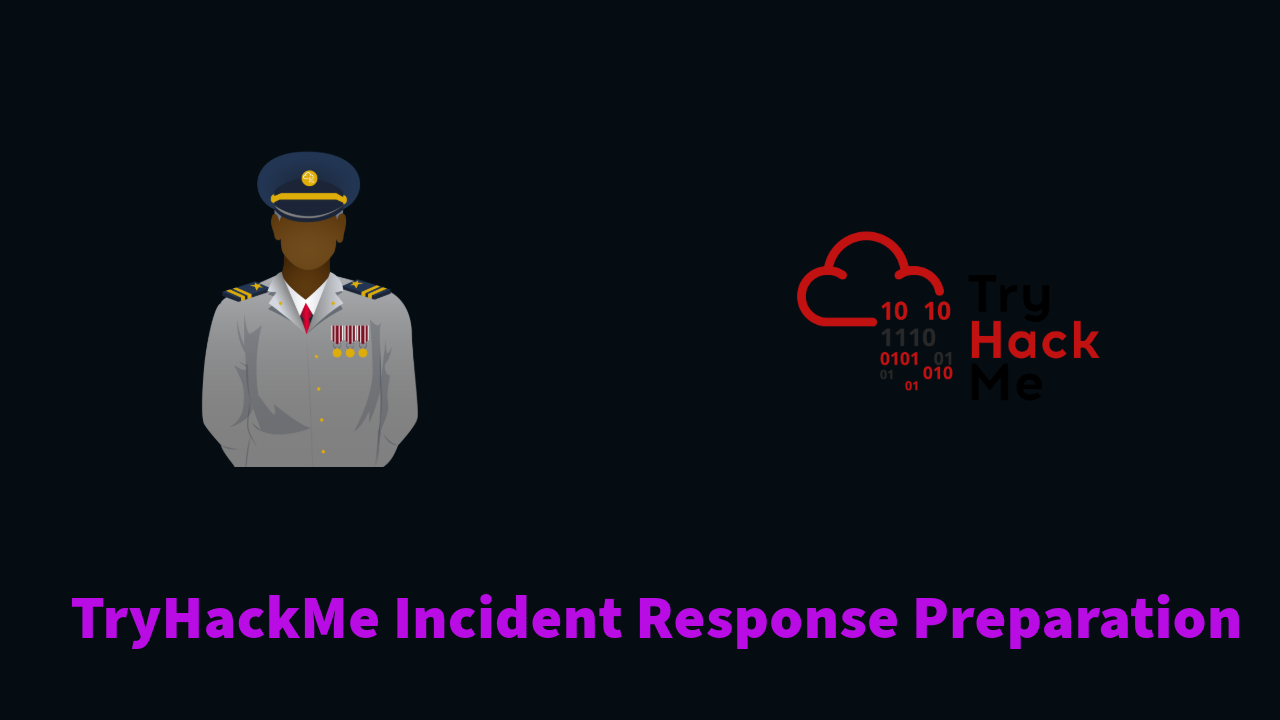Flood Alerts Explained: Preparation, Response, And Recovery

Table of Contents
Understanding Flood Alerts and Warnings
Different Levels of Flood Alerts
Flood alerts aren't all created equal. Understanding the different levels is critical to taking appropriate action. Here's a breakdown:
-
Flood Watch: Conditions are favorable for flooding. This means that there's a possibility of flooding in your area, but it's not imminent. Monitor weather reports and be prepared to take action if a warning is issued. This is the time to review your flood preparedness plan and ensure you're ready.
-
Flood Warning: Flooding is occurring or is imminent. This is a serious alert indicating that flooding is happening or will soon begin. Take immediate action to protect yourself and your property. Evacuation may be necessary.
-
Flood Emergency: A severe flood is happening, and there's a significant threat to life and property. Immediate action is required to ensure safety. Follow instructions from emergency services and evacuate if instructed to do so.
Sources of Flood Alerts
Staying informed about potential flooding requires access to reliable information sources. These include:
-
Weather Apps: Many weather apps (like AccuWeather, The Weather Channel, and WeatherBug) provide real-time alerts and forecasts, including flood warnings. Ensure your location is correctly set within the app.
-
National Oceanic and Atmospheric Administration (NOAA): NOAA's National Weather Service is a primary source for flood warnings and forecasts. Their website offers detailed maps and information.
-
Local News: Local news channels, radio stations, and websites often provide timely updates on local flooding situations.
-
Emergency Alert System (EAS): This system delivers critical alerts directly to your TV, radio, and sometimes even your smartphone. Ensure your device is properly registered to receive these alerts.
To sign up for alerts in your area, visit your local emergency management agency's website or contact them directly. Many allow you to register for email, text, and phone call alerts.
Interpreting Flood Maps and Risk Zones
Understanding your flood risk is paramount. Flood maps, available through FEMA (Federal Emergency Management Agency) and other sources, illustrate areas prone to flooding. These maps identify floodplains and risk zones. Factors increasing your flood risk include:
-
Proximity to rivers, streams, or other bodies of water: The closer you are to water sources, the higher your flood risk.
-
Low elevation: Areas at lower elevations are more susceptible to flooding.
-
Soil type: Soil that drains poorly can increase the risk of flooding.
Understanding your flood risk helps you determine the level of preparedness needed.
Preparing for Flood Alerts
Creating a Flood Preparedness Plan
A comprehensive plan is vital for your safety and minimizes chaos during a flood.
-
Develop an evacuation plan: Identify evacuation routes and designate a meeting point outside your flood-risk zone. Practice this plan regularly with your family.
-
Create an emergency kit: Include essential supplies such as bottled water, non-perishable food, a first-aid kit, medications, flashlights, batteries, blankets, and important documents stored in waterproof bags.
-
Secure important documents: Keep insurance policies, identification, and other vital papers in waterproof containers.
Protecting Your Home and Property
Taking proactive steps can significantly mitigate flood damage.
-
Elevate valuable possessions: Move furniture and other valuable items to higher floors or shelves.
-
Install flood barriers or sandbags: These can help prevent water from entering your home.
-
Clear gutters and drains: Ensure water flows freely away from your house to prevent water buildup.
-
Consider flood insurance: This provides financial protection against flood-related damages.
Preparing Your Vehicle
Floods can severely impact transportation.
-
Know alternate routes: Plan alternative routes in case roads become flooded.
-
Understand the dangers of driving through floodwater: Never attempt to drive through floodwater. Even a few inches of water can cause significant damage to your vehicle and endanger your life.
Responding to Flood Alerts
Evacuation Procedures
If a flood warning or emergency is issued, follow these steps:
-
Follow instructions from emergency officials: Obey evacuation orders promptly.
-
Turn off utilities: Turn off gas, electricity, and water before leaving your home.
-
Take your emergency kit: Ensure you have your prepared emergency kit.
Staying Safe During a Flood
Safety is paramount during a flood.
-
Avoid floodwaters: Floodwaters can be deeper and faster than they appear, and they may contain dangerous debris, chemicals, and sewage.
-
Never drive through floodwaters: This is extremely dangerous and can lead to accidents.
-
Be aware of downed power lines: Stay away from downed power lines as they can be electrically charged.
Reporting Flood Damage
Report any flood damage to the relevant authorities and your insurance company. Document the damage with photos and videos as evidence.
Recovering After a Flood
Assessing Damage and Cleaning Up
The recovery process requires careful steps.
-
Safety first: Before entering your home, check for structural damage and potential hazards.
-
Discard contaminated items: Dispose of anything that has come into contact with floodwater, including food and clothing.
-
Mitigate mold growth: Mold can quickly grow in damp conditions. Clean and dry affected areas thoroughly.
Insurance Claims and Financial Assistance
File insurance claims promptly and keep detailed records of your expenses. Explore available financial assistance programs offered by the government and non-profit organizations.
Long-Term Recovery and Prevention
Rebuilding after a flood requires long-term planning. Consider measures to prevent future flood damage, such as elevating your home, installing flood barriers, and improving drainage.
Conclusion
Staying informed about and prepared for flood alerts is paramount for your safety and well-being. By understanding the different alert levels, creating a comprehensive preparedness plan, and taking the necessary steps during and after a flood, you can significantly reduce the impact of this devastating natural disaster. Remember to regularly check for flood alerts in your area and refresh your flood preparedness plan. Don't wait for a flood warning; take action and learn more about effective flood alert response strategies today.

Featured Posts
-
 Canli Izle Atletico Madrid Barcelona Macini Fanatik Te Takip Edin
May 26, 2025
Canli Izle Atletico Madrid Barcelona Macini Fanatik Te Takip Edin
May 26, 2025 -
 Kembalinya Moto Gp Ke Brasil Sirkuit Ayrton Senna Goiania Siap Membara
May 26, 2025
Kembalinya Moto Gp Ke Brasil Sirkuit Ayrton Senna Goiania Siap Membara
May 26, 2025 -
 The Prince Of Monaco His Wealth Manager And Allegations Of Corruption
May 26, 2025
The Prince Of Monaco His Wealth Manager And Allegations Of Corruption
May 26, 2025 -
 2025 Paris Roubaix Gravel Bike Tech Big Tyres And Ingenious Designs
May 26, 2025
2025 Paris Roubaix Gravel Bike Tech Big Tyres And Ingenious Designs
May 26, 2025 -
 Buy And Holds Harsh Reality Strategies For Navigating The Long Game
May 26, 2025
Buy And Holds Harsh Reality Strategies For Navigating The Long Game
May 26, 2025
Latest Posts
-
 Scouting Update Liverpool And The Pursuit Of Rayan Cherki
May 28, 2025
Scouting Update Liverpool And The Pursuit Of Rayan Cherki
May 28, 2025 -
 Rayan Cherki Liverpools Potential Summer Acquisition
May 28, 2025
Rayan Cherki Liverpools Potential Summer Acquisition
May 28, 2025 -
 Liverpools Interest In Rayan Cherki Intensifies
May 28, 2025
Liverpools Interest In Rayan Cherki Intensifies
May 28, 2025 -
 Is Rayan Cherki Liverpools Next Signing
May 28, 2025
Is Rayan Cherki Liverpools Next Signing
May 28, 2025 -
 Liverpool Scouting Report Rayan Cherkis Future Uncertain
May 28, 2025
Liverpool Scouting Report Rayan Cherkis Future Uncertain
May 28, 2025
